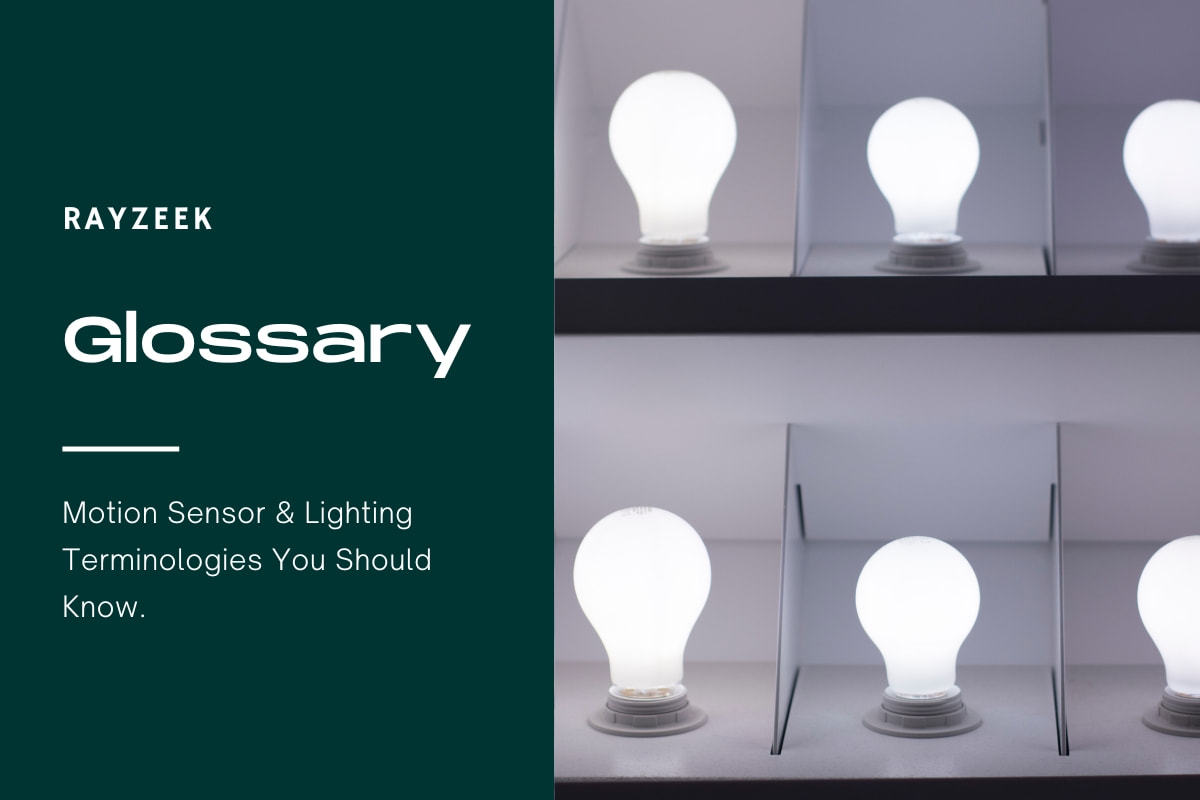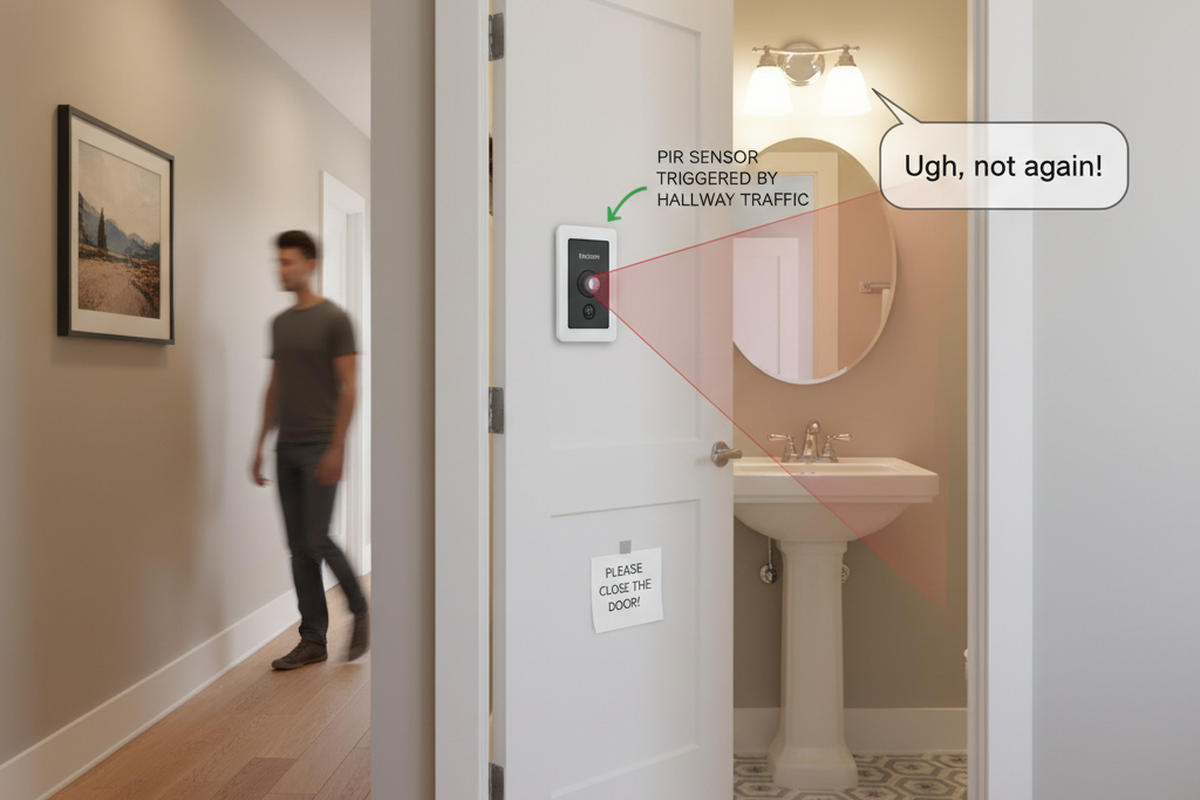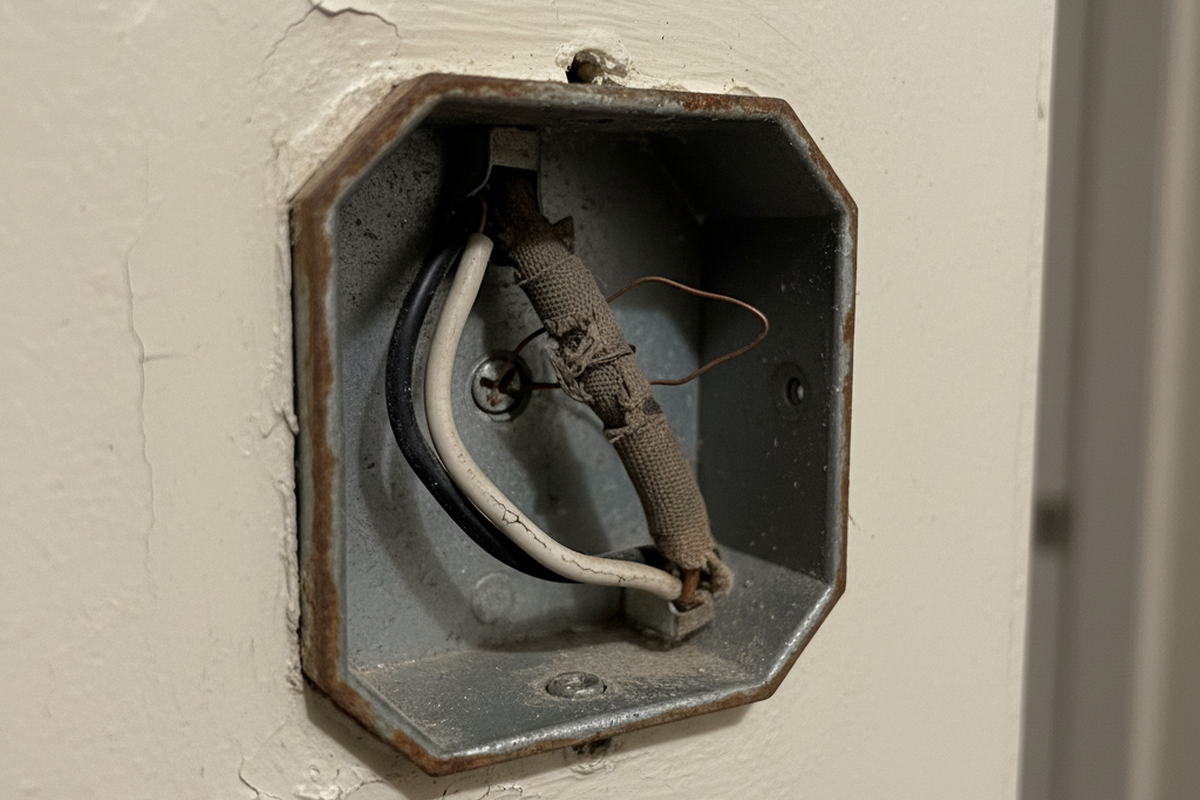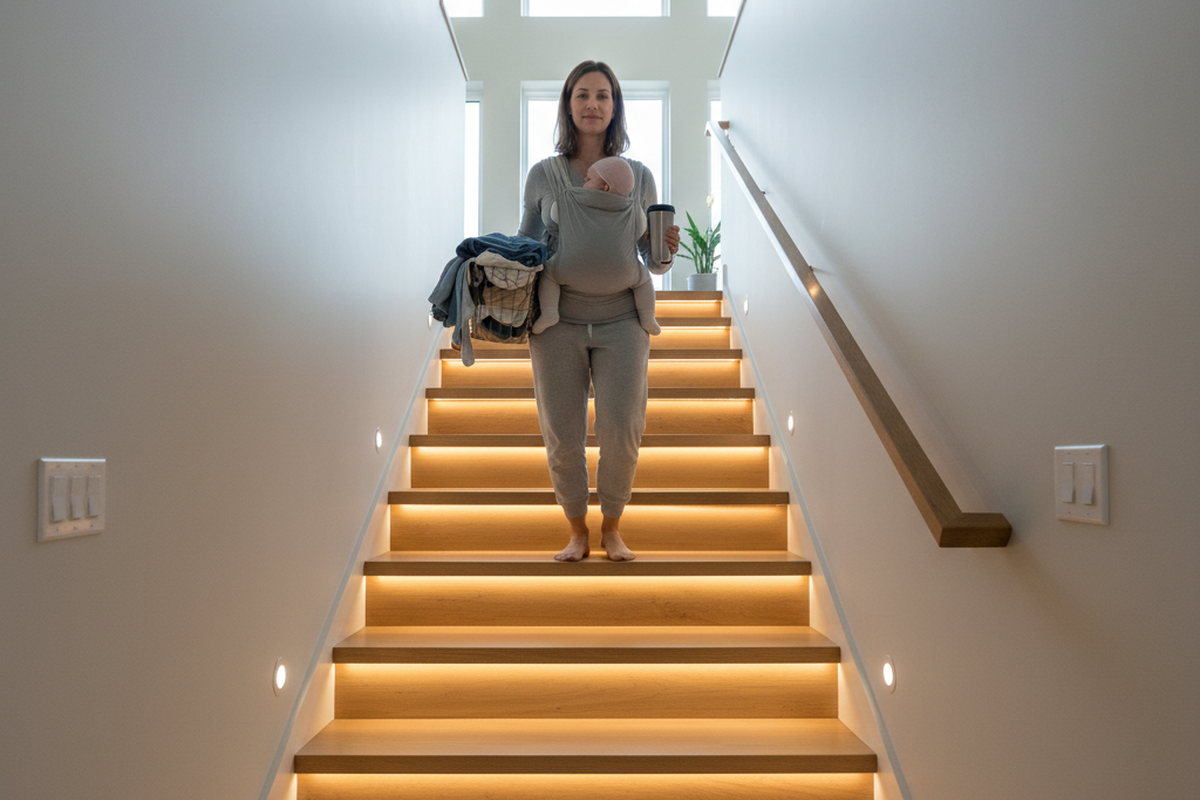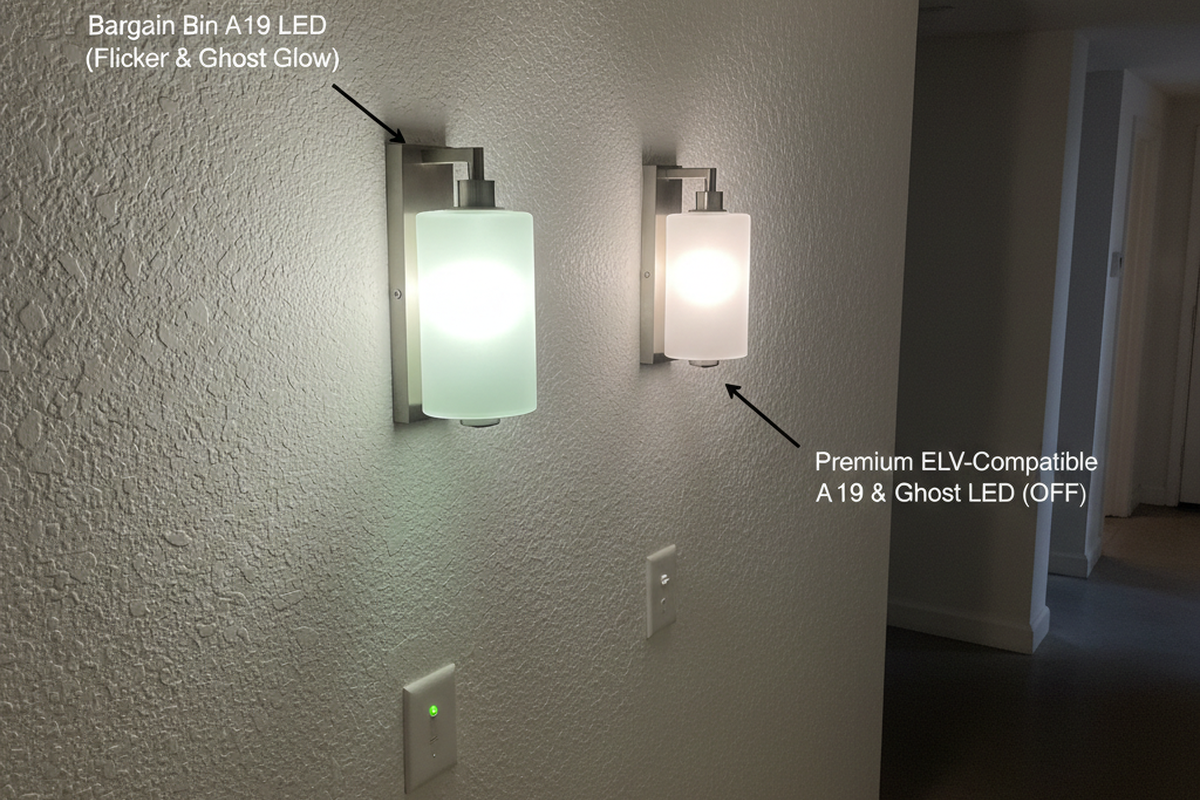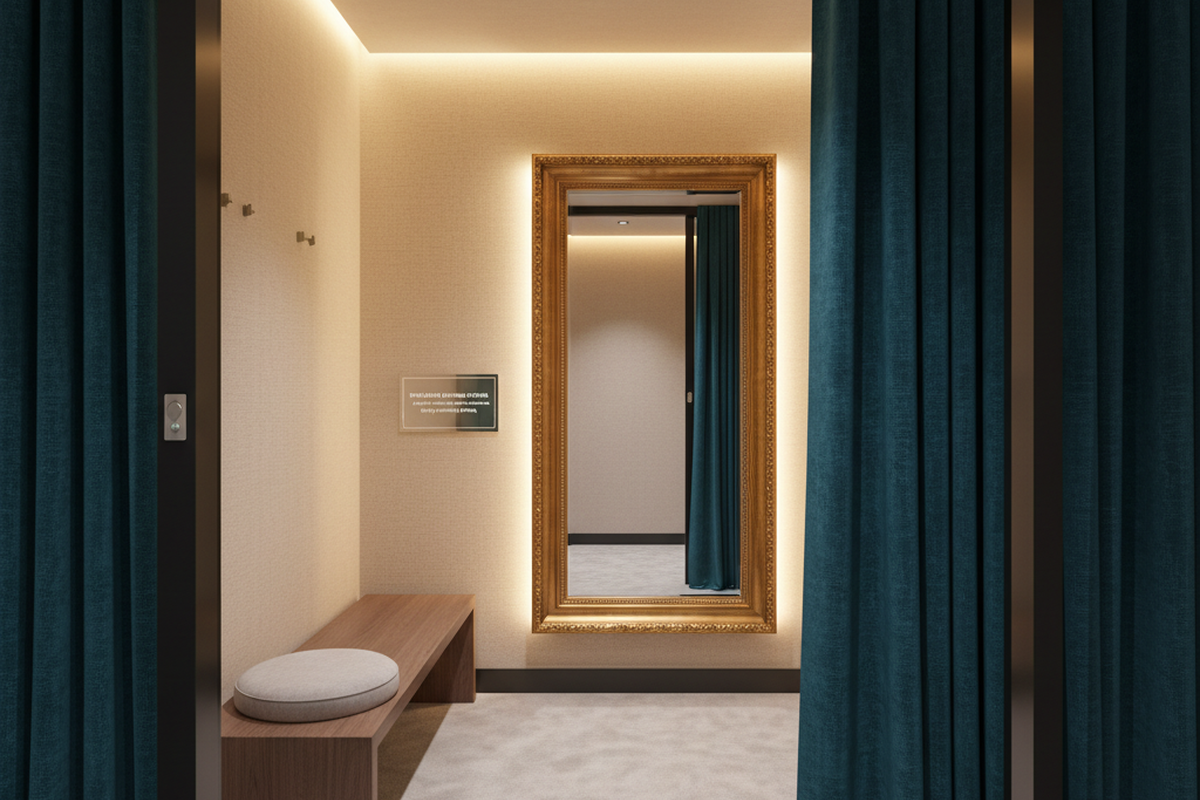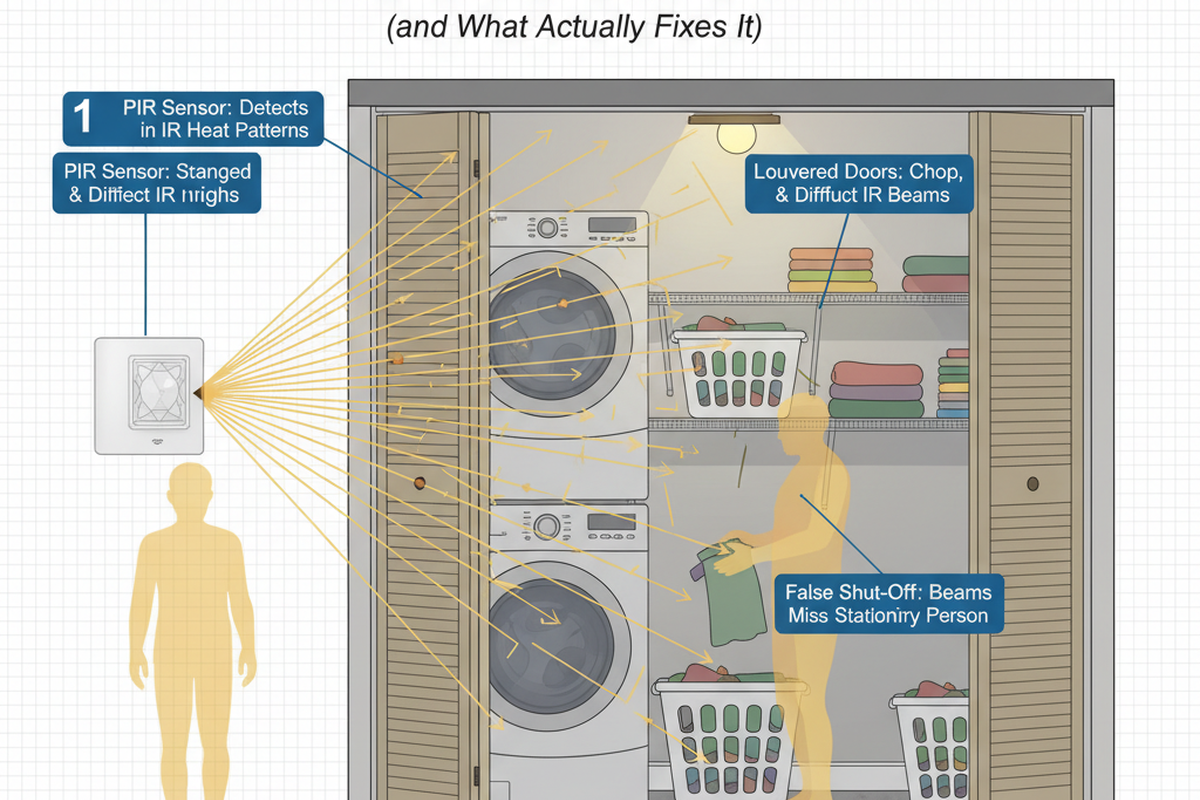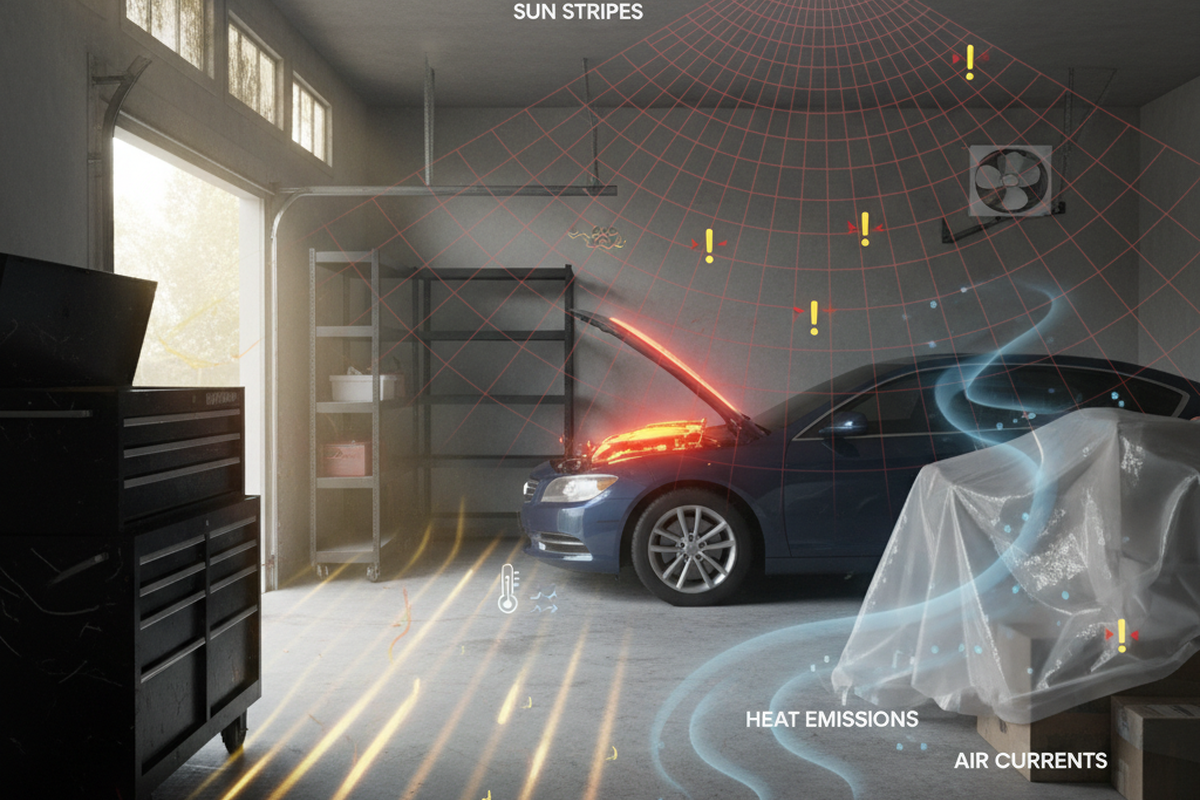What is Supplementary Lighting
Supplementary lighting is the practice of using additional artificial light sources in conjunction with natural light to enhance or supplement existing lighting conditions. It is commonly employed in various applications, particularly in horticulture and greenhouse farming, to provide plants with the necessary light spectrum and intensity for optimal growth and development.
Get Inspired by Rayzeek Motion Sensor Portfolios.
Doesn't find what you want? Don't worry. There are always alternate ways to solve your problems. Maybe one of our portfolios can help.
Supplementary lighting is utilized when the available natural light is insufficient to meet the specific lighting requirements of the plants. It can be used to extend the photoperiod (day length) or compensate for low light levels, such as during winter or in regions with limited sunlight. By manipulating the light environment, growers can control and enhance plant growth, increase crop yields, and extend the growing season.
Different lighting technologies, such as high-pressure sodium lamps or LED lights, can be used as supplementary lighting sources, providing the required light spectrum and intensity tailored to the specific needs of the plants. The effectiveness and efficiency of supplementary lighting depend on factors such as light spectrum, intensity, duration, and timing of light exposure, which need to be carefully considered and optimized to ensure desired results without causing any negative effects on the plants or the environment.
Maybe You Are Interested In
In addition to horticulture, supplementary lighting can also have applications in other industries. It can be used in commercial and residential spaces to supplement ambient lighting levels or provide task lighting in specific areas where additional illumination is required. The decision to implement supplementary lighting depends on the specific needs of the application and the economic viability of the investment.

